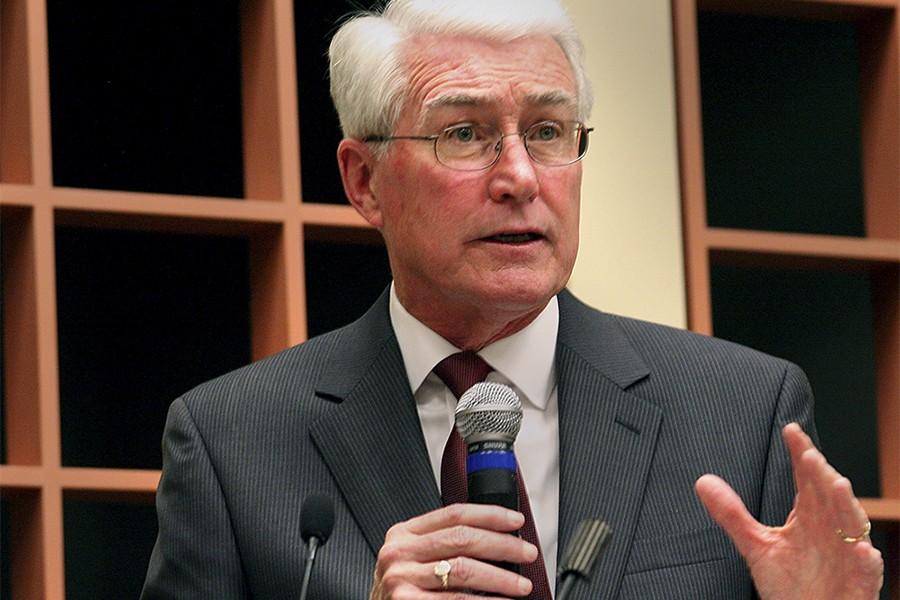Audit looks at ways to save energy, reduce cost
Eastern is considering using solar power but is also looking to use more feasible options like renewable fuels.
“So far, we haven’t identified an application (for solar energy) that makes economic sense,” said Jeff Cooley, vice president for business affairs. “But, we continue to look for solar opportunities.”
Eastern is currently performing an energy audit that “will identify viable energy conservation measures for the university,” Cooley said.
Eastern is performing the audit to see if the university could reduce energy costs and use the savings to pay the entire $60 million estimated to construct a new power plant. Honeywell International is conducting the audit.
“Decisions on the use of solar power will depend on the analysis of the economic return,” said President Bill Perry.
The audit will also investigate different types of equipment that can be installed to reduce energy costs. The cost and installation of the equipment, however, would have to be economically feasible, Cooley said.
If constructed, the new power plant would replace the current steam plant, which is running on 1928 technology.
Ryan Siegel, Eastern’s energy and sustainability coordinator, said the new plant will be able to power the campus differently than the current steam plant, which uses coal and natural gas to heat and cool the campus.
“This new steam plant is likely going to be capable of generating steam and possibly electricity from renewable biomass,” Siegel said.
Cooley said the new plant being able to use renewable fuels would be great.
“Renewable is just that – renewable,” he said. “By using biomass fuel, we would also reduce our carbon emissions and that would be good for the environment.”
Perry said using renewable fuel sources would not only conserve resources but would also reduce dependence on oil, natural gas and coal.
“This approach makes us more responsible environmental citizens and the cost savings relieve pressure on tuition and state funds for the operation of the university,” Perry said.
These savings, Perry added, also allow more investment with existing funds that would lead to investments in Eastern’s infrastructure.
These energy-saving possibilities mean Eastern can upgrade its utility infrastructure to improve its energy efficiency, Perry added.
Cooley said increased efficiency would allow Eastern to reduce energy consumption and energy costs.
“This will provide the money we need to help pay for the installed energy conservation measures,” he said.
Other upgrades, including alternative energies, are also being considered in the audit. However, energy conservation is nothing new to Eastern.
“EIU has been aggressive in the area of energy conservation,” Siegel said.
Conservation began at Eastern before 1995 with in-house projects, like lighting upgrades, occupancy sensors in classrooms and boiler-control upgrades at the steam plant, he said.
That year, Eastern was one of the pilot institutions for performance contracting in the state, which installed $3.4 million in upgrades to the campus, Siegel added.
In 2001, Eastern started another performance contract in which the value of the installed conservation measures was $10.8 million with annual savings of $1.2 million, he said.
Eastern implemented an enhancement to this project in 2003 that focused on the Martin Luther King Jr. University Union, he added.
Eastern installed $2.6 million in equipment and saved over $300,000 per year.
Siegel said of the $16.7 million of equipment installed, deferred maintenance was reduced by $13.2 million.
Deferred maintenance is the money needed to spend to fix and renovate buildings on campus that are funded by general revenues. All of these projects were done with no tuition increases and no deferred maintenance fees to the students, he said.
“EIU works hard to keep utility costs down from their facilities,” Siegel said.
Emily Zulz can be reached at 581-7942 or at eazulz@eiu.edu.


































































